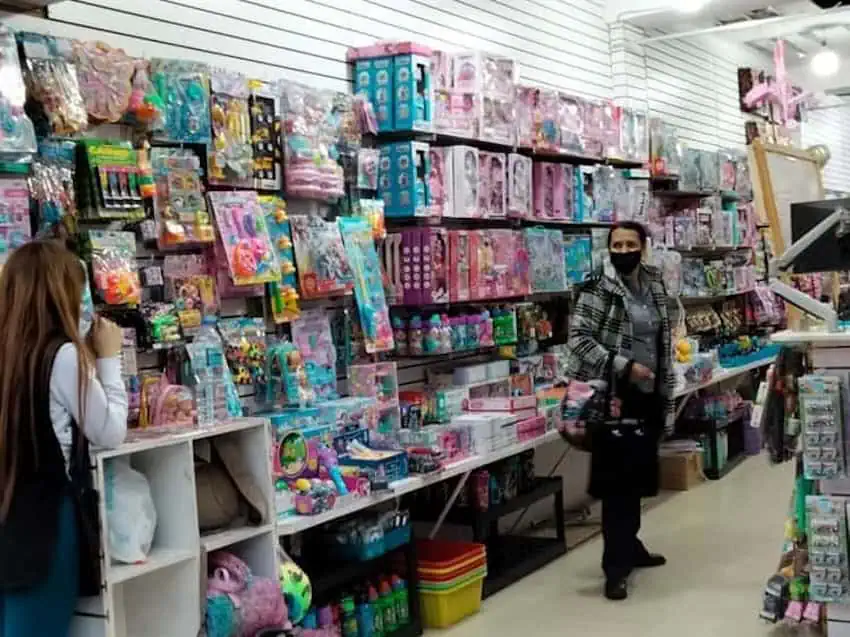Mexico’s trade deficit with China set a new mark in the first half of the year as imports exceeded US $62.1 billion and exports fell short of US $4.6 billion, according to Banxico, Mexico’s central bank.
The result: a US $57.5 billion trade deficit, a new record for the first six months of a year, according to the national statistics agency, INEGI.

Data compiled by Banxico show Mexican imports of Chinese goods climbing by 2.3% during the period from January to June. Meanwhile, exports fell 4.5% year-to-year, maintaining a tendency that saw Mexican exports to the Asian giant fall for a second consecutive year in 2024.
The imbalance in trade continues a decades-long trend dating back to China’s accession to the World Trade Organization in 2001.
Bilateral trade volume multiplied more than 20 times from 2000 through 2023, surpassing US $110 billion in 2023. But the asymmetry is astonishing. Last year, Mexico’s trade deficit with China reached nearly US $120 billion.
Over the past decade, the trade gap between the two countries has doubled, according to the Fundación Andrés Bello, a think tank focusing on Chinese-Latin American relations. In the first six months of 2015, Mexico’s trade deficit with China sat at just US $32.8 billion.
Analysts cited by the Fundación Andrés Bello warn that Mexico’s over-reliance on its second-largest trading partner may pose structural challenges for domestic industries.
Since much of what Mexico imports from China are intermediate goods that Mexican companies use to produce finished goods for export, the over-reliance has the effect of limiting Mexico’s technological development and reinforcing a pattern of assembly rather than innovation.
In response, Mexico’s government has expressed its commitment to strengthening export capacity and implementing import substitution strategies. At the same time, the U.S. government’s effort to decouple trade with China is forcing Mexico to reconsider its own relationship with China.
Mexico begins to take action
This month, the Mexican government began responding to the trade gap.
On Monday, Mexico implemented a 25% tariff on footwear imports from China, and upon announcing the duties, Economy Minister Marcelo Ebrard said “enough is enough.”
“Those who want to import footwear (from Asia) will have to pay tariffs, so as to reduce the existing disadvantages for the domestic shoe industry,” he said.

Essentially, Mexico has removed Chinese footwear from the tax-free Maquiladora Manufacturing and Export Services Industry Program (IMMEX), a government initiative allowing companies to temporarily import goods for use in manufacturing, processing or repair of goods intended for export, while deferring or exempting import duties and taxes.
The president of the National Footwear Industry Chamber, Juan Carlos Cashat, applauded the decision. “We celebrate a long-awaited achievement: the exclusion of finished footwear from the IMMEX Program,” he said.
Cashat said that imports under the scheme being replaced had increased from 3.79 million pairs in 2022 to more than 40 million in 2024, adding that lax oversight allowed a significant amount of the footwear to be diverted into the domestic market.
On Tuesday, the Confederation of Industrial Chambers (Concamin) called on Ebrard to similarly protect the furniture sector from the “invasion” of Chinese products.
Concamin president Alejandro Malagón suggested a 30% tariff to curb the influx of Chinese furniture, urging Jalisco Governor Pablo Lemus to join in the fight against the “unfair competition.” Lemus has complied, but emphasized that the proposed tariff would apply only to finished products and not to the inputs used by the sector.
With reports from El Economista, Mexico Business News and Prodensa
